Boston's Hidden Legacy: How the 128 Tech Corridor Became a CAD/PLM Powerhouse

This is the first of an ongoing series of articles about the history of PLM. The second article, Between the Coasts: PLM in the Heartland, can be found here: https://www.linkedin.com/pulse/untold-story-how-americas-heartland-shaped-cad-plm-finocchiaro-tnwme/)
Product Lifecycle Management (PLM) software has a surprising epicenter: Boston's Route 128, home to many PLM and engineering software giants. Having personally worked at nearly all these sites throughout my career—from Computervision in Bedford to MatrixOne in Lowell, SolidWorks in Concord, PTC's various locations, and the Dassault Systèmes campus on the 128 Tech Corridor—I've had a front-row seat to this unique ecosystem's evolution.
The Boston Engineering Software Phenomenon
The Boston area has produced an outsized impact on how products are designed, engineered, and managed worldwide:
- Applicon: One of the earliest CAD companies, founded in 1969 in Bedford setting the stage for future innovations.
- MatrixOne: It has its origins as Adra in Chelmsford moving later to Westford later to and Lowell. It was acquired by Dassault Systèmes in 2006, whose US operations remain on the 128 Tech Corridor in Waltham
- Computervision: Once Bedford-based before its acquisition by PTC in 1997
- PTC: Founded in Waltham (1985), moved to Needham, and now headquartered in Boston's Seaport district
- SolidWorks: Founded in Concord in 1993 by Jon Hirschtick, an MIT alumnus, acquired by Dassault Systèmes in 1997
- Onshape: Founded in Cambridge in 2015 by Hirschtick, subsequently acquired by PTC in 2019
- Abaqus: While technically in Providence, RI, still part of the greater Boston technological ecosystem before joining Dassault Systèmes in 2005 and being rebaptized SIMULIA
- Aras: Established in Andover (2000) and continues as a PLM innovator
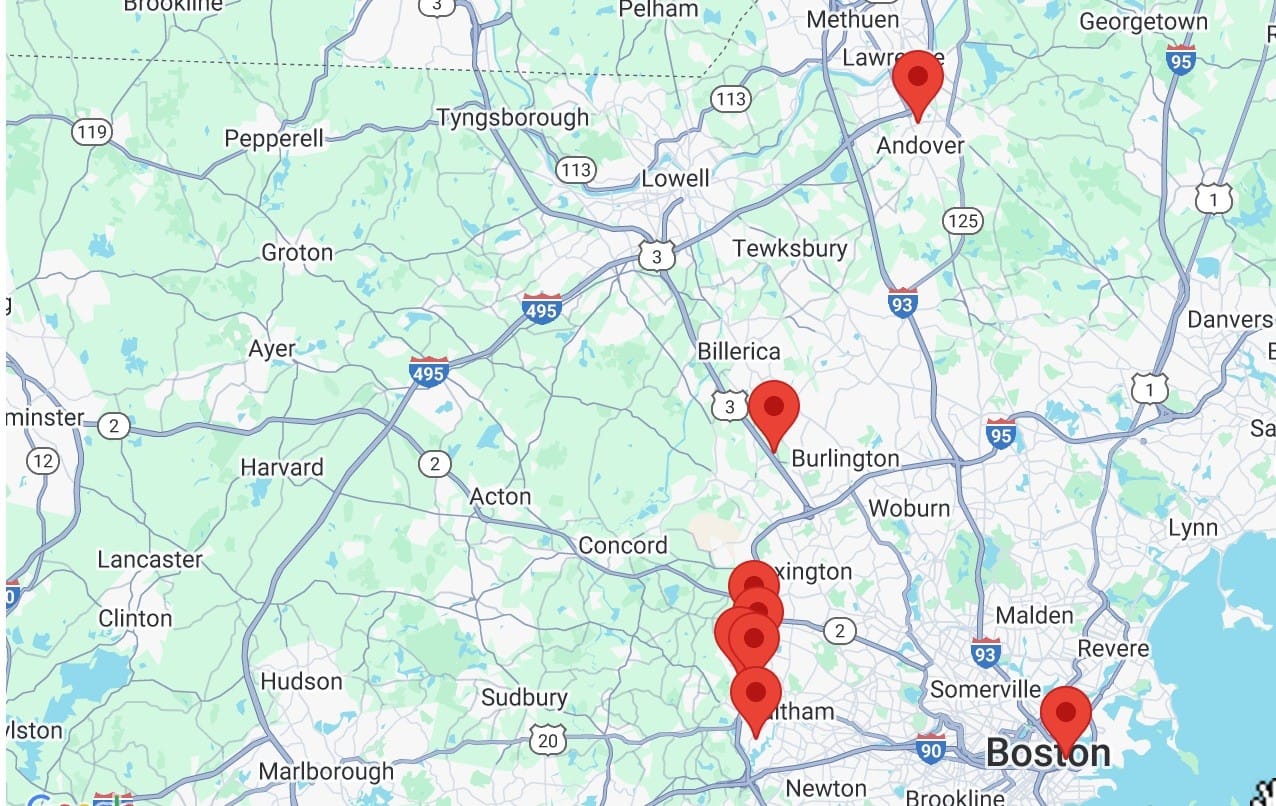
This concentration contrasts with other industry players that emerged near traditional manufacturing hubs or close to Silicon Valley:
- ANSYS in Pittsburgh, driven by the steel industry
- SDRC in Minneapolis, supported by the medical device and aerospace industries, later acquired by EDS Unigraphics.
- EDS Unigraphics in Detroit and LA, influenced by the automotive industry, now rebranded Teamcenter and owned by Siemens Digital Industries Software in Germany and based in Plano, Texas
- Autodesk is based in the industrial San Rafael valley north of San Francisco
- Newer entrants like Propel are from Silicon Valley, in this case built on Bay Area's Salesforce.com platform
Beyond the University Connection: A Deeper History
The easy explanation for Boston's PLM dominance points to MIT and the region's educational powerhouses. While this educational foundation provided critical talent, several additional factors created this perfect storm for PLM innovation.
Insider Perspective: Michael Payne on Boston's CAD Evolution
Michael Payne , currently CEO of Kenesto and co-founder of both PTC and SolidWorks, shares:
For PTC, it was a more fortuitous accident when we built a team in Boston, where companies like Applicon and Computervision were already established. Solidworks started in Concord because the people were there. But it wasn't exclusively a function of the proximity of the schools in particular: the only direct contribution from an MIT thesis together with association of some of the co-founders, MIT’s Cad-Lab, and the late Prof. Dave Goddard, was the referencing inside Solidworks, which was based on an MIT thesis. As time went on, we couldn't find people with the right skills in computer graphics and geometry in Boston, so we sent a manager to Cambridge to start an engineering group in Cambridge, England. ASIS and Parasolid were built down the street from each other. At both PTC and Solidworks, we also found a lot of talent in Jewish refugees fleeing Russia and in Israel where the Creo was eventually moved. So, for me, I have helped to create companies in the Boston area more out of convenience than out of any specific technical or funding reason.
From Textile Mills to Tech Innovation
The region's industrial roots run deep. Lowell, Massachusetts was once America's textile manufacturing epicenter. By the mid-19th century, Lowell's mills employed over 14,000 workers and pioneered innovations in water-powered machinery and centralized manufacturing. This early industrial foundation established a regional DNA of manufacturing expertise and problem-solving.

Lowell was where Mark O'Connell moved MatrixOne's headquarters in 1992 from Westford after it separated from the mother company Adra. MatrixOne pioneered enterprise PLM software before its acquisition by Dassault Systèmes in 2006. From its base in Lowell, the company developed solutions for managing complex product workflows that resonated with local aerospace and defense contractors. Many of these clients had transitioned from traditional manufacturing to digital engineering, making Boston's hybrid expertise in both domains particularly valuable.
Chief Scientist at Adra, later head of R&D at MatrixOne and CTO of ENOVIA, Dave Tewksbary had this to say:
PLM grew out of PDM which in turn grew out of CAD. So, it’s natural that there is a lot of PLMs in Boston area since that’s where CAD really took off. If you ask how CAD got its footing, then clearly two factors, strong academic talent pool and almost limitless venture capital. If the late 70’s, Boston and Silicon Valley were neck and neck. Remember “128 Americas technology highway”?
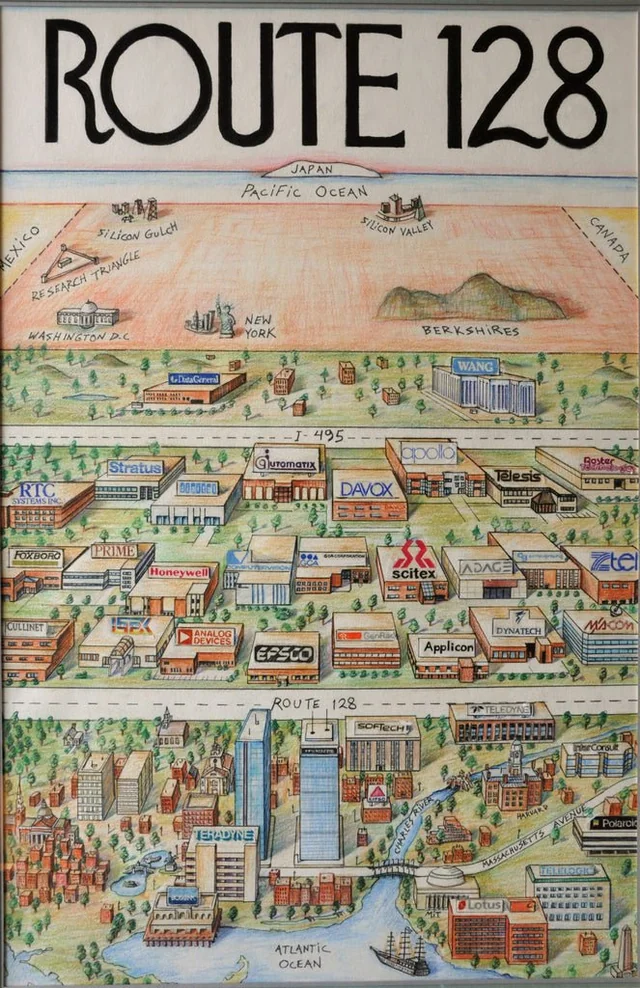
When the textile industry declined in the 20th century, the region's "good bones"—sturdy mill buildings and established infrastructure—were repurposed. The establishment of the Lowell National Historical Park in 1978 catalyzed adaptive reuse of mill complexes, transforming them into mixed-use spaces that later housed tech startups and innovation centers. MatrixOne's decision to locate in Lowell reflected this industrial heritage turned technology incubator.
The Digital Equipment Corporation Effect
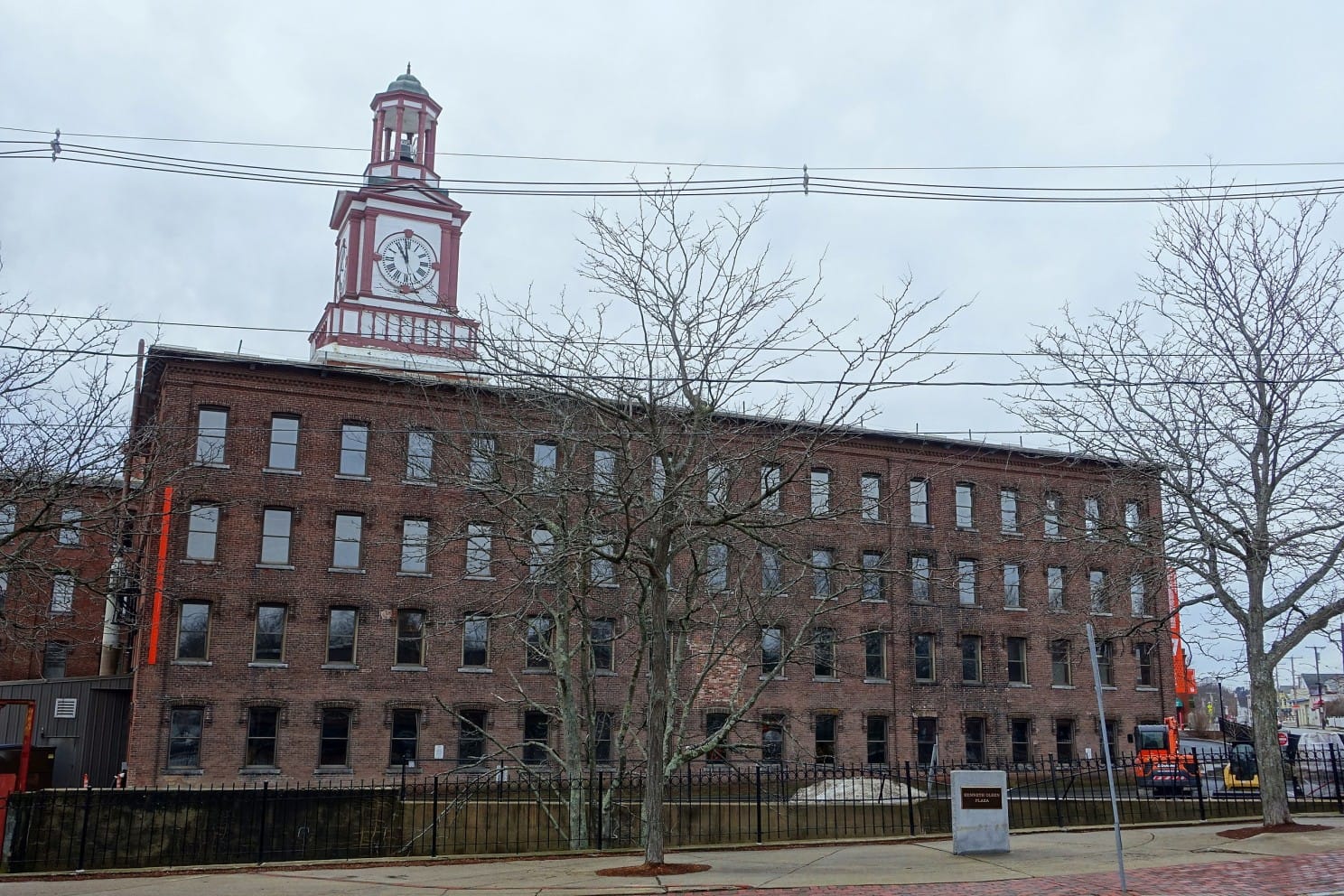
DEC in Maynard, MA, fostered computing talent and innovation, influencing early PLM pioneers. Many early PLM pioneers gained experience at DEC before launching their own ventures. The minicomputer revolution that DEC spearheaded provided both technical expertise and a model for disrupting established computing paradigms.
History wasn't kind to DEC, however, as they were acquired by Compaq in 1998 who itself was acquired by HP in 2013 who immediately retired the brand in 2013. The remaining employees were moved into HP Enterprise in 2015 when the original HP company was split up between B2B in HPE and B2C in HP Inc.
Defense Industry Foundations
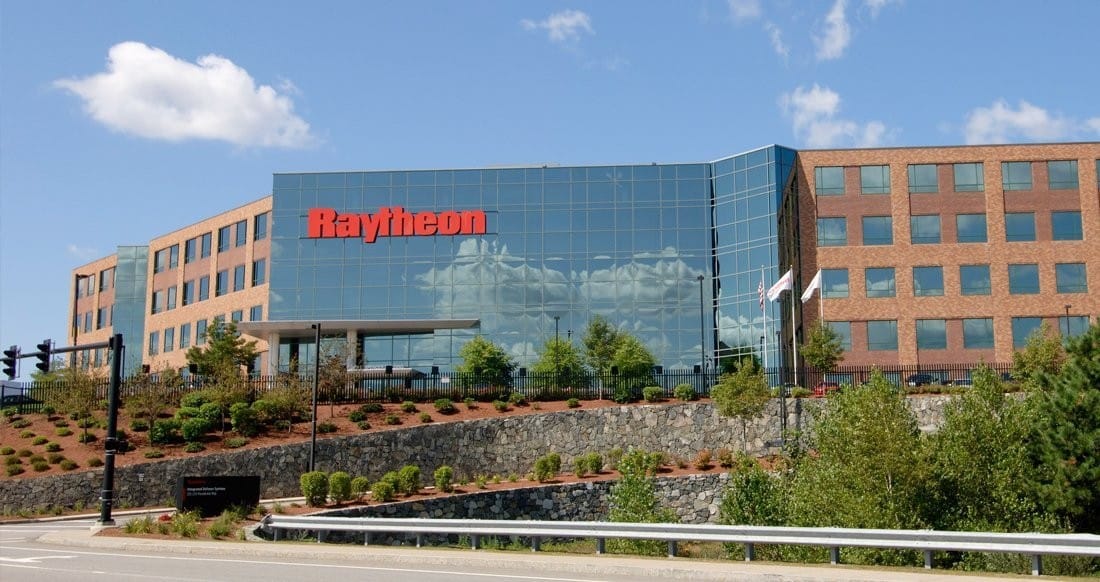
Defense contractors like Raytheon on Route 128 inspired early PLM concepts. The need for complex engineering coordination in defense projects created demand for software that could manage the lifecycle of increasingly sophisticated products.
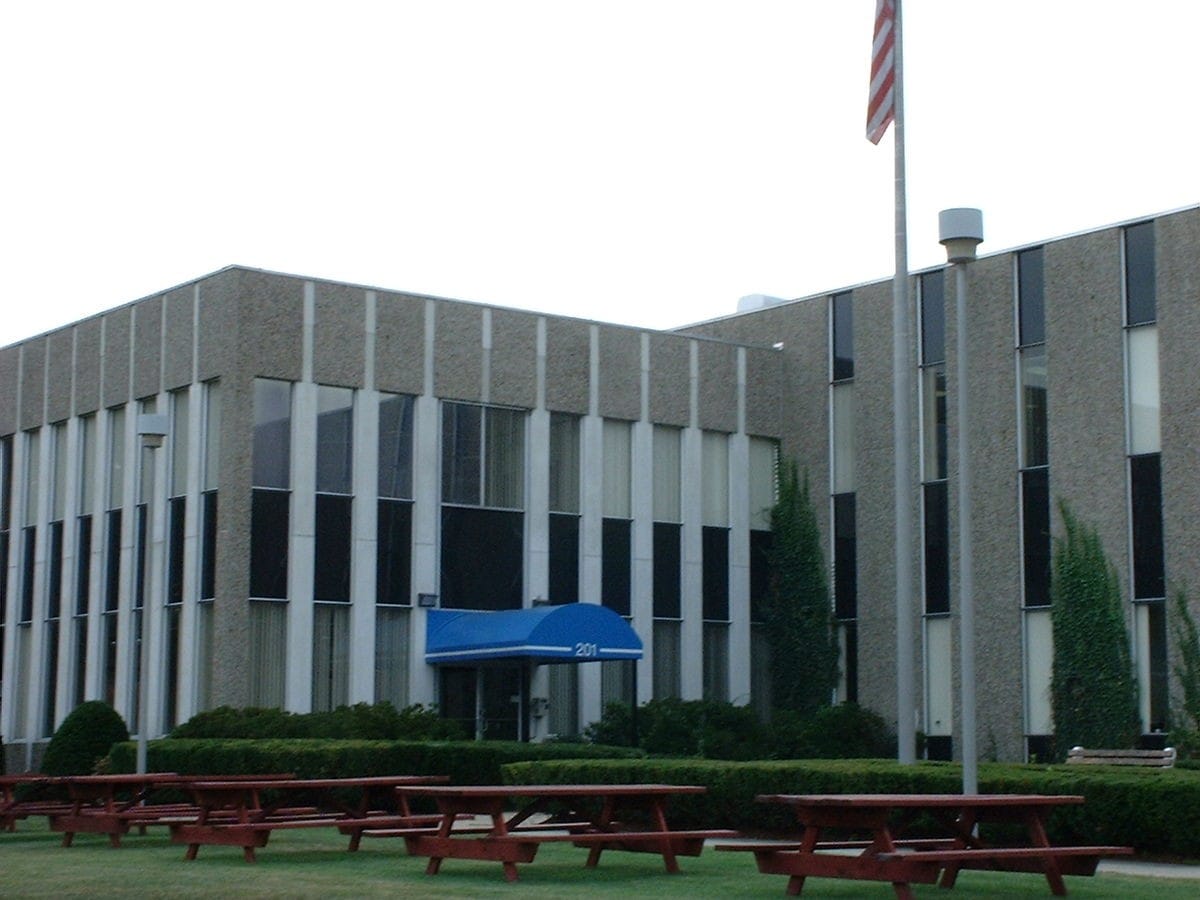
Computervision in Bedford, where I worked on behalf of HP from 1994 to 1996, had significant defense industry clientele that shaped its product direction. These relationships provided stable revenue and pushed the boundaries of what CAD/PLM systems could accomplish. PTC acquired CV around the same time they acquired Windchill in Minneapolis in 1998.
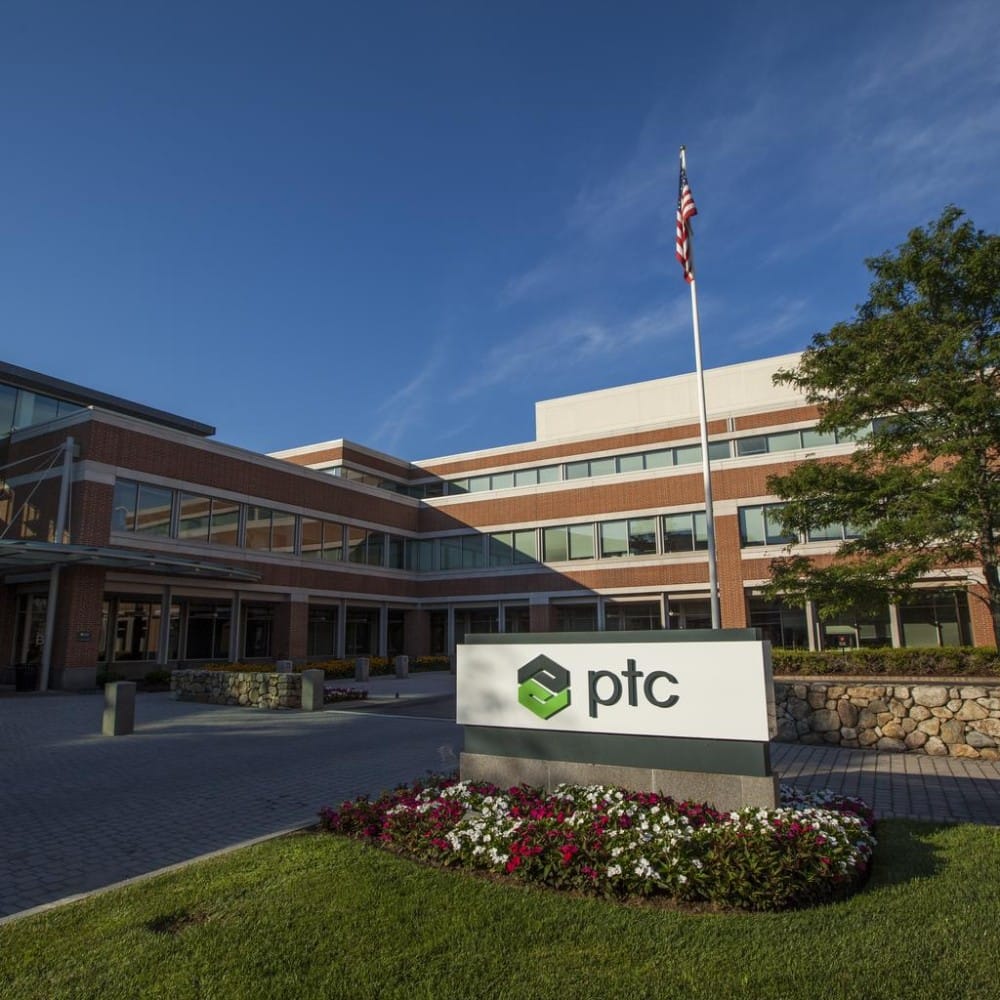
Steve Dertien, CTO of PTC who moved to the then-HQ of PTC in Needham in 2015, had this to say:
Boston has long been the center of the CAD universe, originating from MIT's CAD lab and its pioneering research during WW2, the space race, and the development of NC controls. Applicon and Computervision, both founded in Boston, laid the groundwork for CAD innovation. Sam Geisberg, who worked for both companies, envisioned a new CAD based on solid parametric modeling and founded PTC in Boston, creating Pro/Engineer. Jon Hirschtick, another early CAD pioneer, was involved in the MIT CAD lab, worked at Computervision, and later founded SolidWorks and Onshape. Boston's talent pool fostered innovation, making it the epicenter for CAD, PDM, and PLM.
And as PTC has expanded it has stuck to its Boston roots. Just before COVID, PTC moved into a beautiful new building built in the renovated Seaport district of Boston. Possibly, the first CAD or PLM with an HQ directly in Boston itself.

Cross-Pollination and Competitive Collaboration
Perhaps most fascinating was the cross-pollination between these companies. The SolidWorks founding team emerged from PTC. Engineers moved between MatrixOne and Aras. This created both competitive tension and collaborative innovation that accelerated the entire industry.
Working across these companies gave me a unique perspective on this phenomenon. Ideas that began at one firm would evolve and transform at another. Competitors became colleagues and vice versa as talent circulated throughout the ecosystem. This mobility of expertise created a virtuous cycle of innovation that would have been impossible if these companies had been geographically dispersed. The PLM world, one realizes, is actually rather small.
The SolidWorks Story
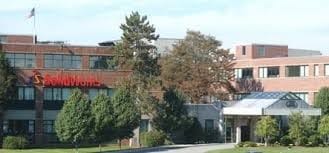
Jon Hirschtick's founding of SolidWorks in 1993 exemplifies this cross-pollination. As an MIT graduate with experience at PTC, Hirschtick leveraged Boston's engineering talent to revolutionize 3D CAD software. SolidWorks' user-friendly approach to 3D modeling disrupted the market dominated by more complex systems. Its acquisition by Dassault Systèmes in 1997 amplified its global reach while maintaining its Boston roots.
Jon Hirschtick's innovative ways were not finished, however. In 2012, he founded Belmont Technology which was renamed Onshape in 2015. Its initial release in 2015 demonstrated the power of a cloud-based CAD product offering CAM, simulation, rendering and other cloud-based engineering tools as well as an Onshape App Store. This product was acquired by PTC in 2019.
Infrastructure and Industry Clustering
Boston's clustering effect accelerated knowledge sharing and reduced operational friction. This clustering became particularly apparent in recent years with PTC's move to Boston's Seaport District, aligning with its pivot toward IoT and AR solutions. Meanwhile, Aras Corporation's presence in nearby Andover demonstrated how suburban Boston locations offered cost-effective alternatives while maintaining access to the broader ecosystem.
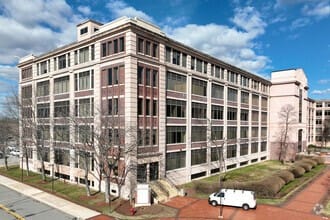
Aras founder Peter Schroer recalls:
When we started Aras in New York, we faced challenges with the talent pool and high corporate taxes. The Boston area was an obvious choice due to its proximity to MIT and other top tech schools, as well as its concentration of CAD and PDM companies. Andover was less obvious, but we wanted to hire engineers with over seven years of experience, as PLM is complex. We guessed that the best talent would be in the suburbs, starting families and no longer living downtown.
The Academic Advantage
Boston's concentration of world-class universities, including MIT, Harvard, Northeastern, and UMass Lowell, provided an unparalleled talent pipeline for technology firms. MIT's Media Lab and Computer Science & Artificial Intelligence Laboratory (CSAIL) have long been incubators for CAD-related research, fostering collaborations between academia and industry.

SolidWorks founder Jon Hirschtick's MIT background is just one example. Throughout my career at these various companies, I constantly encountered colleagues with connections to these institutions—whether as graduates, research partners, or participants in ongoing educational programs. PTC has long been actively engaged with MIT Labs to state another example.
Legacy and Future Challenges
Today, this Boston-area PLM legacy continues influencing global product development. The acquisitions of many of these pioneers by larger entities (Dassault acquiring SolidWorks and Abaqus, PTC absorbing Computervision) speaks to their foundational importance.
As manufacturing evolves through digital transformation, IoT, and AI, Boston's PLM pioneers continue adapting. The expansion into IoT and augmented reality, flexible PLM platform approaches, and continued investment in the region demonstrate the ongoing importance of this innovative cluster.
Despite its strengths, Boston faces competition from other tech hubs. Rising real estate costs and traffic congestion threaten to dilute its appeal, prompting companies to explore hybrid work models or satellite offices in lower-cost suburbs. However, the region's deep-rooted integration of academia, industry, and history suggests enduring relevance.
Conclusion: A Unique Convergence
The Greater Boston area's allure for CAD/PLM firms stems from a unique interplay of historical legacy and forward-looking innovation. Lowell's textile mills, once symbols of industrial decline, laid the foundation for a modern tech ecosystem. Meanwhile, Boston's academic institutions and clustering effects continue to attract companies seeking cutting-edge talent and collaborative opportunities.
Having personally witnessed this evolution across multiple companies in the region, I can attest that this concentration was no accident. It represented a perfect convergence of industrial heritage, academic excellence, technological innovation, and entrepreneurial spirit—all within a compact geographic area that facilitated the cross-pollination of ideas.
As the industry continues to evolve, this Boston legacy remains a powerful reminder that innovation clusters often emerge from unique historical and geographical circumstances that cannot be easily replicated elsewhere.
What other factors do you think contributed to Boston's outsized influence on the PLM industry? Share your thoughts in the comments below.
References:
- Excellent CAD history series on shapr3d.com by David Weisberg: https://www.shapr3d.com/blog/history-of-cad
- Jon Hirschtick interview on Engineering.com: https://www.engineering.com/the-lost-files-the-world-according-to-jon-hirschtick-part-1/
- My infographic on the history of Dassault Systèmes: https://www.linkedin.com/posts/mfinocchiaro_a-short-history-of-dassault-syst%C3%A8mes-activity-7193263304457302016-mEFk
- My infographic on the history of PTC: https://www.linkedin.com/posts/mfinocchiaro_a-short-history-of-ptc-activity-7221529548809551872-EsrF
- Soviet Jewry in the 1980s: The Politics of Anti-Semitism and Emigration and the Dynamics of Resettlement by Robert O. Freedman
